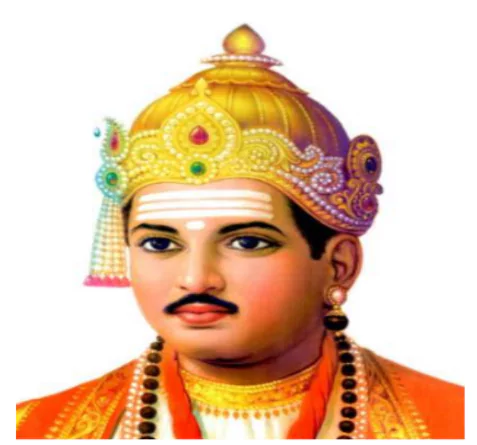![]() May 15, 2024
May 15, 2024
![]() 21923
21923
![]() 0
0
The Veerashaiva/Lingayat tradition, founded by Basavanna in the 12th century, centers on the exclusive worship of Lord Shiva and rejects idolatry and caste discrimination. It emerged as a response to the oppressive caste system and rituals of medieval Hinduism, promoting equality and devotion to Shiva through distinct practices like wearing the Ishtalinga.
 Support for Social Reform: supported practices like widow remarriage and post-puberty marriage which were disapproved in the Dharmashastras.
Support for Social Reform: supported practices like widow remarriage and post-puberty marriage which were disapproved in the Dharmashastras.
| Must Read | |
| Current Affairs | Editorial Analysis |
| Upsc Notes | Upsc Blogs |
| NCERT Notes | Free Main Answer Writing |
The Veerashaiva/Lingayat tradition, with its emphasis on devotion to Lord Shiva and rejection of caste discrimination, stands as a testament to Basavanna’s vision of social reform and spiritual equality. By promoting dignity of labor and rejecting traditional customs, it ushered in significant societal changes, paving the way for a more inclusive and egalitarian society.
| Related Articles | |
| BHAKTI MOVEMENT: IMPORTANCE, NAYANARS | Veerashaiva Mahasabha |
| Economic Development: Challenges and Goals Explored | Sangam Age – Political History Of South India |
<div class="new-fform">
</div>

Latest Comments